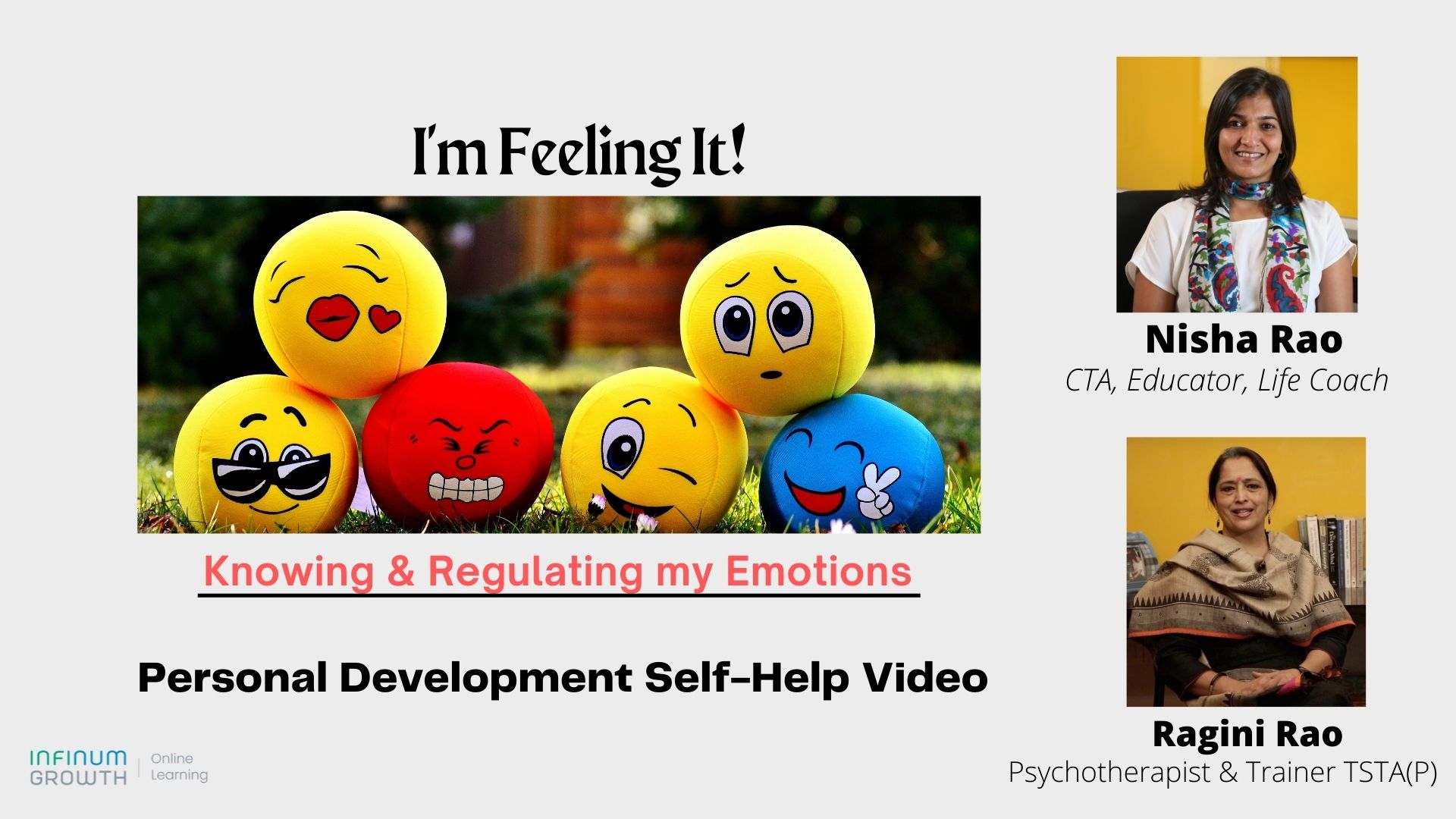Till about 2014, there was just one major medium for home entertainment in India – Television; either through local cable TV service providers or DTH(Direct to home satellite TV) service providers. Even though there were hundreds of channels, the content was getting too boring. Channel after channel was dishing out the same kind of soaps; this happens even now.The shows go on and on with really no major story.
Movie channels show failed movies or dubbed movies not once or twice, but ad-nauseam; a movie called Sooryavansham being my favourite example of what not to watch!
But from early 2015 there have been alternatives to TV. Internet Video Streaming channels, also called OTT(“Over the top”, but actually quite grounded) like Hotstar, Netflix, Amazon Prime Video and Alt Balaji, have taken on the challenge of providing change and the audience have been given a much wider spectrum of content to choose from. Netflix has been the international trend setter and game changer in the US.
OTT – the game changer in home entertainment
Netflix has attracted 4.2 million subs in India so far since it started in 2016.Content such as “13 reasons why”, “House of Cards”, international feature films and Indian comedy shows and films have made this channel increasingly popular. Star India’s Hotstar is the current leader in India with 63 million subs and offers a wide range of Indian and western content including the popular “Game for Thrones”. India reportedly has over 80 million subscribers across various channels so far. At the current rate of growth, it may be over 160 million in another year’s time.
With many players coming into the digital video streaming service, TV viewing by the generation of internet savvy viewers has slowly declined over the past year or so. The important and most noticeable point is that it’s on an app that can be viewed on phones, tabs, laptops, desktops and on web enabled TV sets. Television, for this audience, is mainly to grab news headlines or watch any new movie, which has not yet come on the web.
These channels give the advantage of watching at your own convenience, anywhere and without the irritation of too many advertisement breaks on TV, where a half an hour episode actually has content of just 15 mins or so. Netflix especially, plays all the videos without a single advertisement, nonstop for a full hour. This allows us to maximize our time on the net. We can easily watch 3 to 4 episodes in a day or a full 3 hour movie without any intervals.
For the kind of flexibility and range that these channels provide, the pricing is extremely easy on the pocket. Here’s a sample
• Netflix has 3 plans of Rs.500, Rs.650 and Rs.800 which they charge per month and the number of devices you can watch on increases with the slab rate.
• Hotstar charges a fixed amount of 200 every month for its subscription.
So why wouldn’t the shift happen to OTT?
The only advantage TV seems to now offer is the pleasure of a large screen. So the OTT content on a TV set can actually make the DTH service providers go out of business. Seeing the writing on the wall, the larger TV serial producing companies such as Balaji and other regional language players have jumped on to this game.
With this, they can now create their own channels on the internet and reduce their dependence on the DTH service providers. Moreover, the OTT players, at least at the moment, are not controlled by any broadcasting regulation. The aggressive content, which is currently being shown online, cannot be shown on television, as it does not comply with the regulatory norms for TV shows. TV channels therefore will have to either create new out of the box content to keep the audience or move to the web in phases. Some of them like Sony live and Colors with their Voot app are already on the web.
The biggest loss will be for the DTH service providers. Their business could reduce rapidly in urban markets, as many households having multiple connections will first reduce to just one and later, none. On the other hand, many would rather opt for higher level Internet plans that would cater to their video streaming needs.
The main enabler or hurdle(if it doesn’t happen) for this shift will really be the rapid expansion of high quality, high speed internet supply to households and on phones.
What stops movie makers also from gradually creating their own channels and releasing movies through them as well as through Netflix kind of players?Are we going to see a day when there would be no DTH or Cinema halls? And will pricing of OTT channels go up once the audience is hooked?
So till the prices go up, let’s binge watch our favourite shows on Hotstar or Netflix!!!!!
Please do leave your comments at the bottom and do share with others if you like this article.



















Informative Article by Sirish. The next big revolution expected from OTT. Nice coverage.